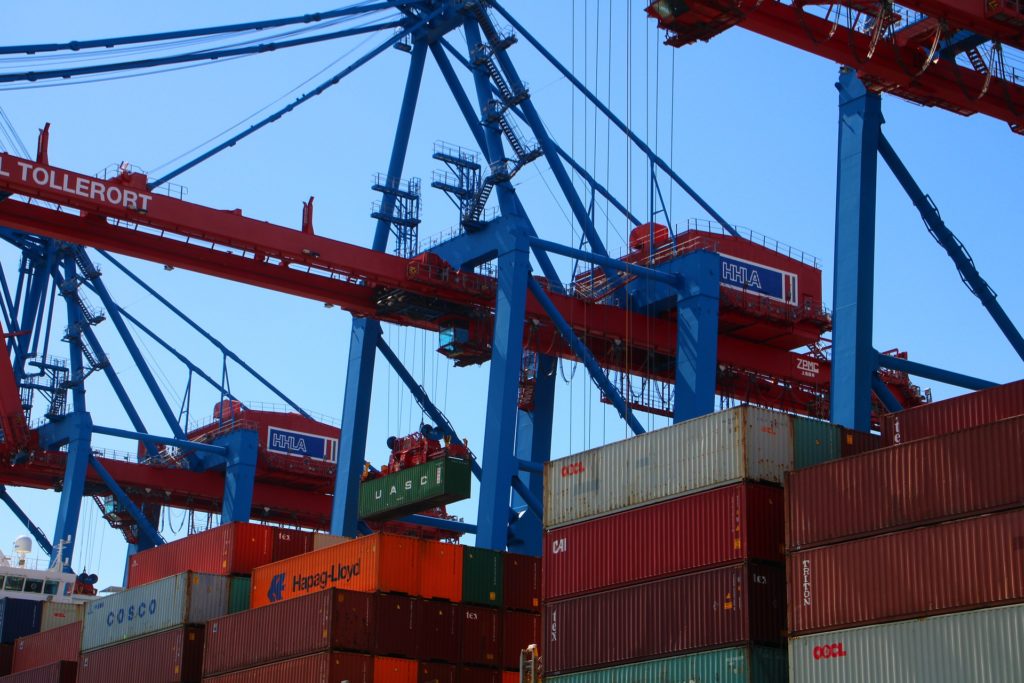The textiles industry’s production of fibre through the manufacturing of consumer end products is complicated, with the content of the material often determining the end use. Because of this complexity and the need to provide standardised information to end users, governments have enacted rules and regulations requiring manufacturers to provide standardised product information. The major laws affecting textiles manufactured or sold in the United States as well as India will be discussed in this article, as well as the importance of understanding that because textiles are a global industry, international rules and regulations have a significant impact.The federal government of the United States and the government of India has enacted a number of laws and regulations governing the sale of textile fibres, materials, and products within the country.The laws are intended to establish content, consistency, quality, and performance guidelines. These laws and regulations apply whether a product is manufactured entirely or partially in the United States, or manufactured entirely outside the United States but sold in the United States. In India these acts are followed too, these (Textile Fiber Products Identification Act, Wool Products Labeling Act, Flammable Fabrics Act, and Care Labeling Rule) are the four main laws of US whereas (The Textile Committee Act, 1963, Textiles Undertakings (Taking over of Management) Act, 1983, The Textiles Undertakings (Nationalisation) Act, 1995, and The British India Corporation Limited (Acquisition of Shares) Act, 1981) are few main acts from India.
UNITED STATES
According to the Textile Fiber Products Identification Act (TFPIA), specific information about the fibre content of textile products must be included on labels that are prominently attached and securely affixed to the item at the time of sale and delivery to the final consumer. I’m talking about clothing and home textiles (e.g., carpets, draperies, bedding). Belts, lawn chairs, book cloths, and backpacks are among the items that are exempt. Certain provisions of this act also apply to newspaper and magazine advertisements. Next act which was mainly established for the wool products. The Wool Products Labeling Act’s main goal is to protect manufacturers and consumers from the presence of wool-fiber substitutes in manufactured wool products that aren’t labelled. The Federal Trade Commission enforces the act, which has been amended several times. A label or tag containing the percentage of fibre content by weight and the wool-fiber category must be securely attached to wool products unless they are exempt.
Each year thousands of people suffer injuries from burns associated with flammable fabrics. Many of these injuries are fatal; others result in long periods of hospitalization and repeated reconstructive surgery. When ignited most textile fabrics burn. Some, however, given the right combination of fiber content, yarn twist, weave, and finish, burn so rapidly as to constitute a severe hazard. These dangers and potential dangers resulted in the enactment of the Flammable Fabric Act.
When we purchase any product do you see the care label? Yes, The Care Labeling Rule states that manufacturers and importers of textile wearing apparel and goods provide regular instructions to purchasers via care labels or other methods; prohibits deceptive acts or practices that fail to disclose regular care instructions; and requires appropriate terminology and symbols that accurately describe care procedures.
INDIAN LAWS
The Indian Textile industry is huge and contributing a lot to the GDP of our country. The Textile Committee Act, 1963 Act to provide for the establishment of a committee for ensuring the quality of textiles and textile machinery and for matters connected therewith.
The act ensure to maintain the quality of the textiles as well as machinery.
Whereas, The Textile Undertakings (Nationalisation) Act, 1995 is to provide for the acquisition and transfer of textile undertakings, as well as the owners’ right, title, and interest in respect of the textile undertakings, as specified in the First Schedule, in order to increase the production and distribution of various types of cloth and yarn in order to serve the general public’s interests, and for matters connected with or incidental thereto.
“Ministry of Textiles” handle the Sick Textile Undertakings (Nationalisation) Act, 1974 to provide for the acquisition and transfer of the sick textile undertakings, as well as the owners’ right, title, and interest in respect of the sick textile undertakings, as specified in the First Schedule, with a view to re-organizing and rehabilitating such sick textile undertakings so as to serve the interests of the general public by increasing the production and distribution, at fair prices, of various varieties of cloth and yarn, and for other purposes.
At last, lets end up with the most important act from India. As we all know India is the largest producer of cotton textiles just to make it more versatile The Swadeshi Cotton Mills Company Limited (Acquisition and Transfer of Undertakings) Act, 1986. An Act to provide for the acquisition and transfer of certain textile undertakings of the Swadeshi Cotton Mills Company Limited in order to ensure proper management of such undertakings in order to serve the interests of the general public by ensuring the continued manufacture, production, and distribution of various varieties of cloth and yarn, and to give effect to the State’s policy of securing the principles specified in clauses (b) and (c), of article 39.
The need of textile laws and regulations is huge, to run the textile industry without any disturbance these laws were introduced which helped textile industry of United States and India to grow efficiently.
Website- https://www.indiacode.nic.in/
https://www.ftc.gov/
Book – Fabric Science By: J.J. Pizzuto’s
Author: Diksha Rastogi (Intern)










